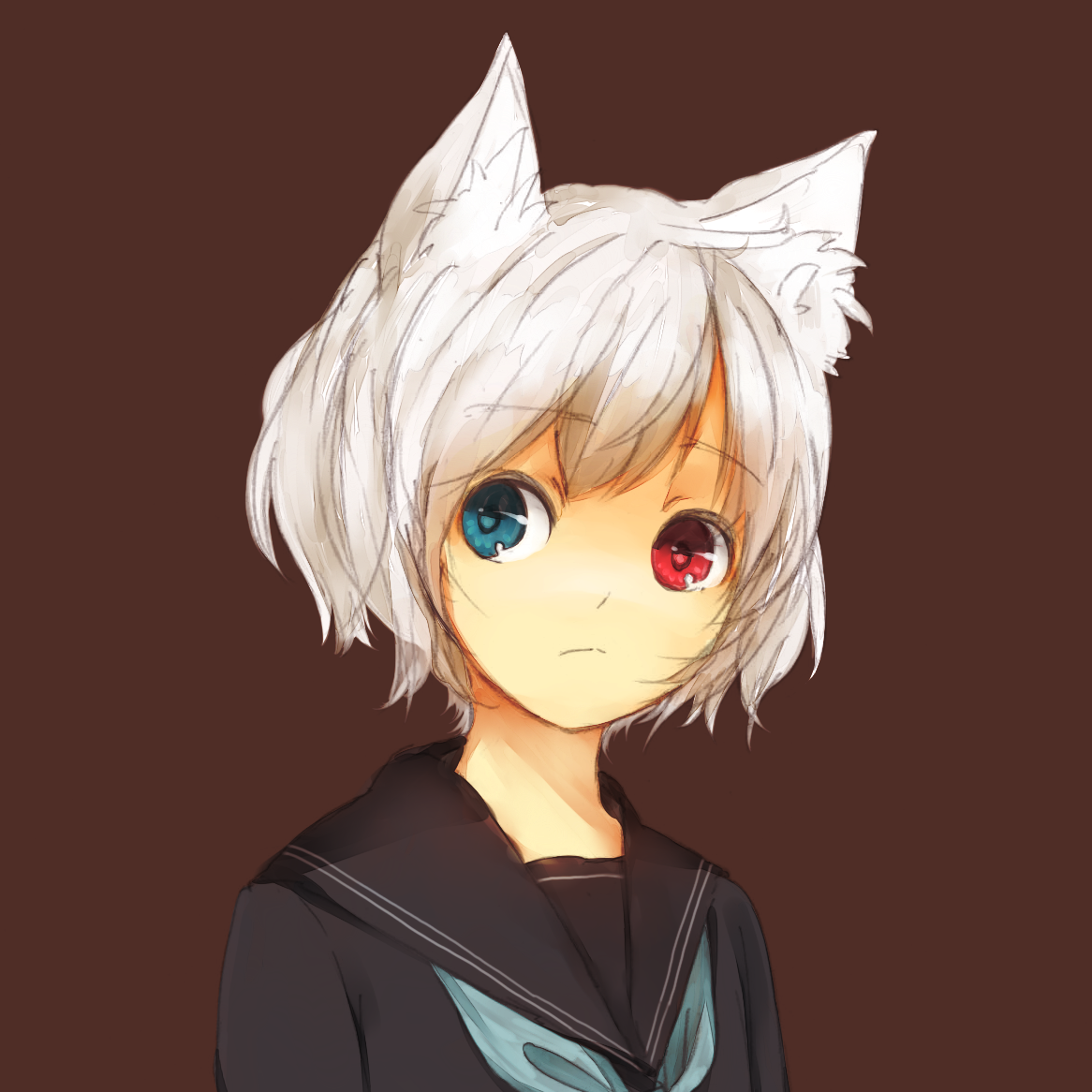Just give it to your warrior. I played a game where I wanted just ice spells for RP reasons, but most of the ice spells suck, so I just reskinned the fire ones as ice, and left the damage as “cold” fire (affected by fire resistance) so as not to affect the game balance.
Ice bolt, ice ball, ray of ice, etc.
so as not to affect the game balance
Obviously ask your DM first, but it’s worth noting that Crawford himself says that they literally just don’t take damage types into account when designing spells, so changing them shouldn’t break anything.
Of course, that’s kind absurd, but a slightly more sane take, from the homebrew community, is that damage types are roughly aligned in trios, and you can safely change damage types between the same level or worse without hurting anything.
Those trios being:
bludgeoning/piercing/slashing
cold/fire/poison
acid/lightning/necrotic
force/psychic/radiantSo a cold fireball would be fine, a slashing fireball would be slightly weaker, but a necrotic fireball would be a bit much, and a force fireball is (self-evidently) quite a bit more powerful. I use this myself, to allow casters to be a bit more thematic; at my table, when you learn a spell, you can set it to any equal or lesser damage type and reflavour it however you want. E.g. if someone took fireball, they might say it does piercing damage and flavour it as a blast of needles.
That setup only works if the Bludgeoning/Piercing/Slashing damage is non-magical - practically nothing resists magical B/P/S damage, to the point where I’d put in on the same tier as Force damage, if not higher.
I know what you mean but magical and non-magical B/P/S damage is not defined as such.
The resistance you mean is B/P/S damage from a non-magical weapon. Any source of damage that is not a weapon bypasses that.
So yeah, in the case of a needles fireball, make it damage from a non-magical weapon.
I’m sorry for being pedantic. I hate these rules too but this is how they’re written. Pathfinder 2E ends up a lot simpler if you use a VTT (Foundry VTT is amazing, and has no recurring costs).
Oh this is exactly one of the reasons my group is switching to PF2e. I got introduced to TTRPGs via 5e but there’s so much about it that irks me. The caster/martial gap, the “big 3” saves that you just have to take Resilient to make work at higher levels, that AC just doesn’t scale properly, balancing combats (especially at high levels), Rogue having a huge gap in subclass features, classes having dead levels, etc.
My group was a little trepidatious about Pathfinder 2e but Foundry automating a lot of the math has been super helpful. We’ll be starting a proper Spelljammer-inspired interplanar campaign once the remaster releases.
While I agree with the Steel Wind Strike being an insult to put on a wizard and none of the martial classes, this is a bad argument because pretty much every anime swordsman who would pull out a shit like Steel Wind Strike as it is written, is explicit supernatural. I get your sentiment but this is a very flawed, easy to dismantle argument.
If a warrior can withstand the tail weapon of an adult dragon without batting an eye, they should be able to perform Steel Wind Strike just fine.
Besides, nothing in SWS is explicitly supernatural, except for the “teleport next to one of the targets” bit, which could be flavoured as “you move really fast next to them”.
That’s why I’ve said “as written”. I’m sure this was designed by people who hold the mindsets that doesn’t do reflavoring (the recent feat allowing you use deck of cards as spellcasting focus from Book of Many Things is another good example) and also thinks Fighter and Barbarian and Monk are just “guys at the gym”. Sadly same sentiments were in WotC since 3rd edition, hence why options martial should get were all given cringy anime names and relegated to new classes and explicit called magic by the text.



